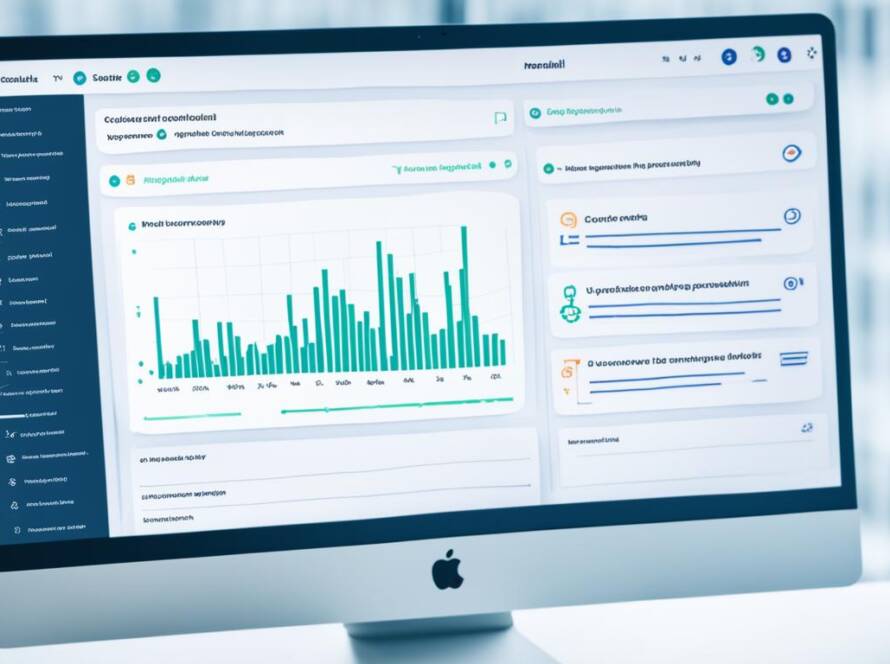Artificial intelligence (AI) is transforming the energy sector at an accelerating pace. Much like its impact on fast-moving consumer goods (FMCG) — where AI has streamlined operations and enabled hyper-personalized customer engagement — AI is revolutionizing how energy is produced, distributed, and consumed. From smart grids and predictive maintenance to sustainable energy management, AI is becoming central to a resilient, efficient, and sustainable energy system.
1. Intelligent Grid Management and Predictive Maintenance
Modern energy grids are becoming increasingly complex, especially as decentralized energy sources and dynamic demand patterns come into play. AI helps utilities and operators handle this complexity by turning data into actionable insights:
- Predictive Maintenance: By analyzing sensor data and equipment logs, AI can detect anomalies and forecast equipment failures before they occur, reducing downtime and maintenance costs. For example, BP has used AI-driven analytics to predict and prevent drilling issues, improving both safety and efficiency (Reuters, 2025).
- Real-Time Grid Optimization: AI helps balance electricity supply and demand by forecasting usage patterns and automatically adjusting grid operations. This is particularly valuable in preventing blackouts and optimizing energy flows across vast networks (Renewable Transition).
2. Enhanced Customer Experience and Engagement
AI is redefining how energy companies engage with their customers, offering a level of personalization previously seen only in retail and FMCG sectors:
- AI-Powered Assistants: Utilities are deploying AI chatbots and virtual assistants to handle common customer queries, manage billing, and even support energy-saving behaviors. This reduces call center volumes and boosts customer satisfaction.
- Personalized Usage Insights: Smart meters and AI tools provide households and businesses with tailored recommendations on how to cut costs and reduce emissions. Smart home systems using AI can reduce energy use by up to 10% through dynamic adjustments to heating, cooling, and lighting (Data Dynamics).
3. Operational Efficiency and Automation
AI is helping energy providers become leaner and more efficient by automating routine processes and optimizing core operations:
- Process Automation: From customer onboarding to demand forecasting and invoicing, AI-driven automation is reducing overhead and minimizing human error.
- Energy Storage Optimization: AI improves the performance of battery systems by forecasting demand and controlling charging/discharging cycles in real time. Finnish startup Capalo AI, for instance, is developing virtual power plants to improve how stored energy is deployed, especially from renewables (Business Insider).
4. Accelerating the Shift to Renewable Energy
AI is a critical enabler in the global push toward clean energy. Integrating variable renewable sources like wind and solar into the grid comes with challenges — and AI helps solve them.
- Renewable Energy Forecasting: AI models use weather data, satellite imagery, and historical performance to accurately predict solar and wind energy generation, enabling better planning and dispatching of power. This is vital to stabilizing renewable-heavy grids (DNV).
- Dynamic Load Matching: AI can automatically shift energy loads based on availability of renewables. For example, excess solar power during the day can be stored or redirected to energy-hungry systems like EV charging or industrial cooling.
- Emissions Reduction and Compliance: By tracking emissions in real time and identifying inefficiencies, AI helps companies meet decarbonization targets. Smart automation tools also aid in optimizing fuel mix and reducing reliance on fossil sources (Velox Consultants).
5. Navigating Challenges Ahead
Despite its benefits, integrating AI into the energy ecosystem comes with its own set of hurdles:
- Data Security and Privacy: As energy companies handle more consumer data, cybersecurity and ethical data use must be prioritized.
- Legacy Infrastructure: Many utilities still operate on outdated systems, making AI integration complex and costly.
- Workforce Transformation: As automation reshapes roles, reskilling the workforce becomes essential to avoid displacement and to build AI fluency across organizations.
Conclusion: Building the Smart Energy Economy
AI isn’t just enhancing operations; it’s redefining what’s possible in the energy sector. From real-time grid optimization to empowering consumers and accelerating the renewable transition, AI stands at the heart of the modern energy transformation.
As the world pursues ambitious net-zero goals and as consumer expectations evolve, energy companies that embed AI into their core strategies will be best positioned to lead. The future of energy is smart, sustainable — and increasingly, AI-driven.


